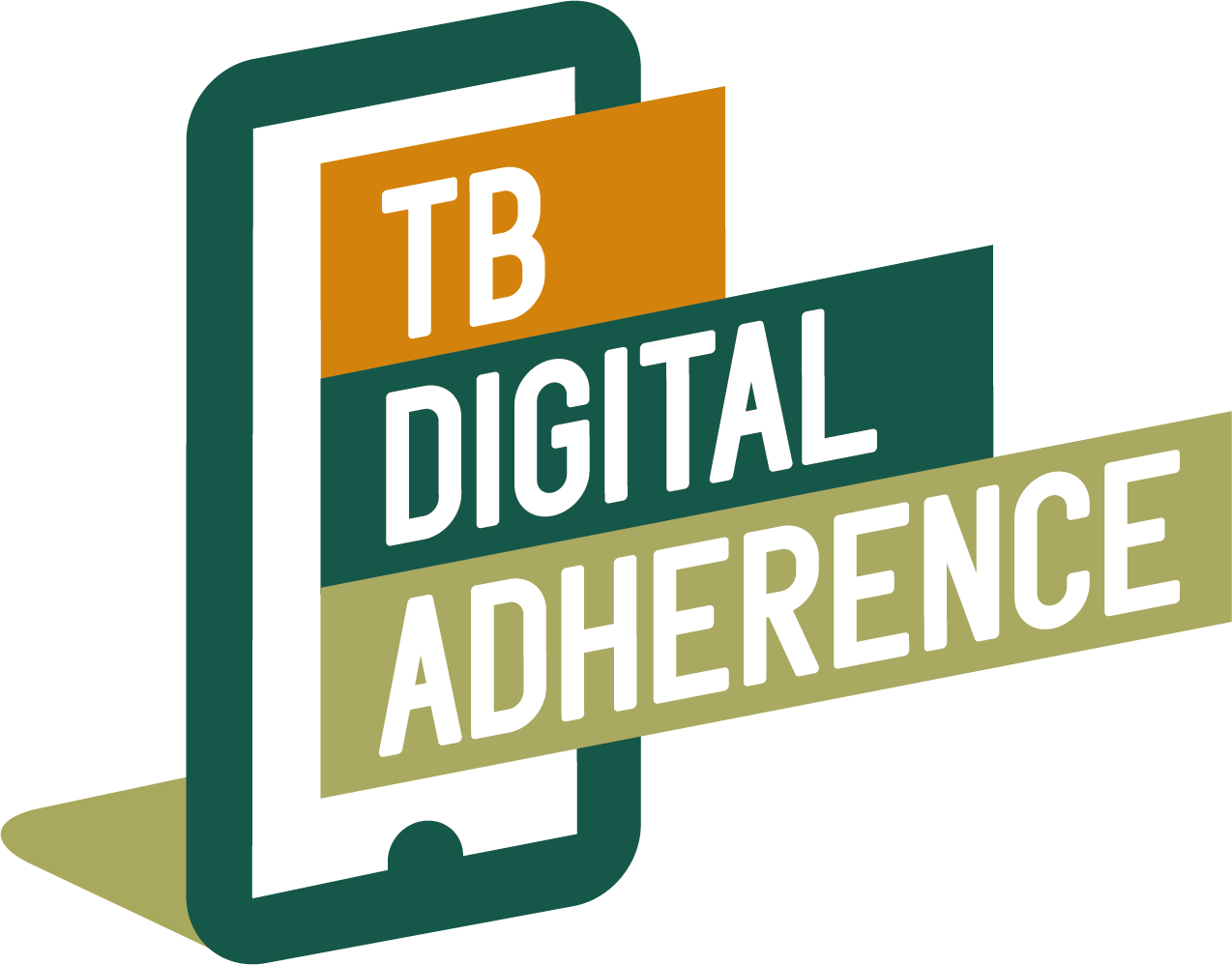Evaluating the potential costs and impact of digital health technologies for tuberculosis treatment support
, , , , ,
Abstract
Ensuring adherence and support during treatment of tuberculosis (TB) is a major public health challenge. Digital health technologies could help improve treatment outcomes. We considered their potential cost and impact on treatment for active or latent TB in Brazil.
Decision analysis models simulated two adult cohorts with 1) drug-susceptible active TB, and 2) multidrug-resistant TB, and two cohorts treated with isoniazid for latent TB infection (LTBI): 1) close contacts of persons with active TB, and 2) others newly diagnosed with LTBI. We evaluated four digital support strategies: two different medication monitors, synchronous video-observed therapy (VOT), and two-way short message service (SMS). Comparators were standard directly observed treatment for active TB and self-administered treatment for LTBI. Projected outcomes included costs (2016 US dollars), plus active TB cases and disability-adjusted life years averted among persons with LTBI.
For individuals with active TB, medication monitors and VOT are projected to lead to substantial (up to 58%) cost savings, in addition to alleviating inconvenience and cost to patients of supervised treatment visits. For LTBI treatment, SMS and medication monitors are projected to be the most cost-effective interventions. However, all projections are limited by the scarcity of published estimates of clinical effect for the digital technologies.
